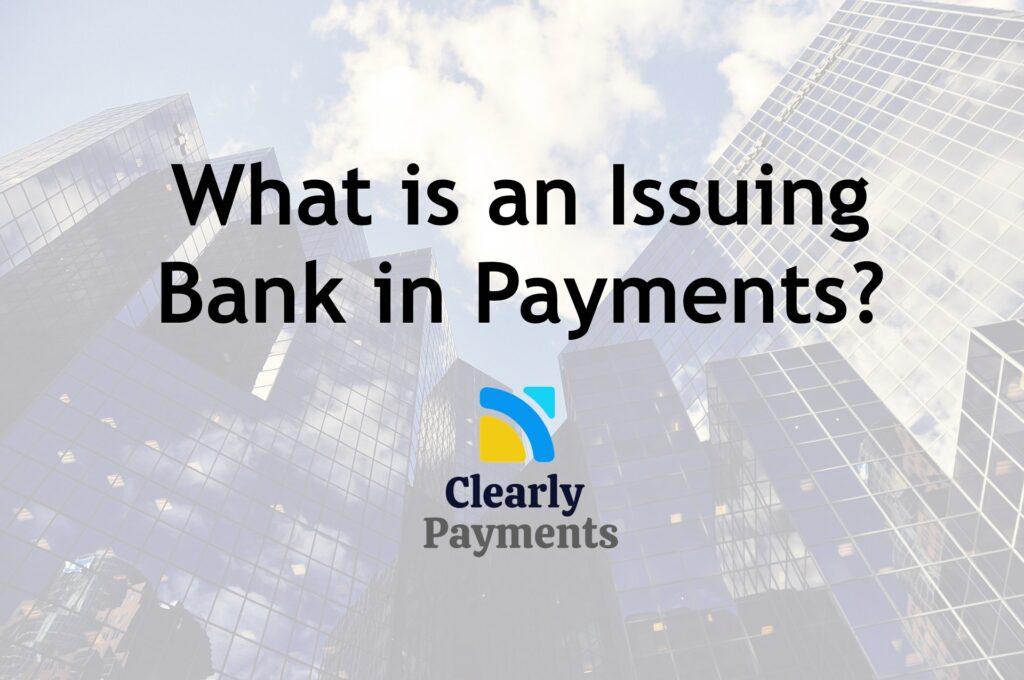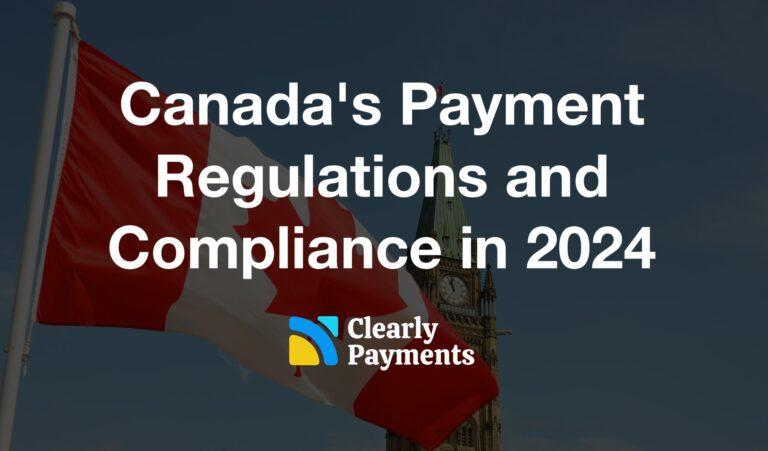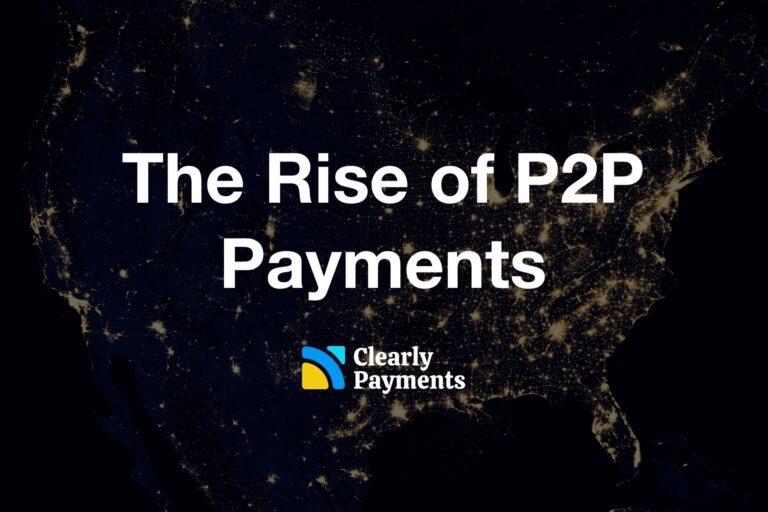An issuing bank is a financial institution that issues credit cards or other types of payment cards to consumers. These institutions are responsible for maintaining the account, processing transactions, and providing customer service for cardholders. They also set credit limits and interest rates for cardholders, and may charge fees for certain types of transactions or for late payments.
Our payments industry overview gives a full explanation of the payments value chain. The largest issuing bank in Canada is RBC and the largest issuing bank in USA is Citi.
Issuing banks put credit cards in the hands of people
When a consumer applies for a credit card, they will typically apply through a financial institution such as a bank, credit union, or other lender. This institution is known as the issuing bank. The issuing bank will review the consumer’s credit history and financial information to determine whether or not to approve the application and what credit limit and interest rate to offer.
The issuing bank is responsible for maintaining the account and processing transactions. This includes monitoring the account for suspicious activity, sending monthly statements, and handling disputes or fraud. The issuing bank also provides customer service for cardholders, answering questions and addressing any issues that may arise.
In addition to credit cards, issuing banks also issue other types of payment cards such as debit cards, prepaid cards, and charge cards. These cards may have different features and fees, and the issuing bank may have different requirements for approval.
Issuing banks sets credit limits and rates
The issuing bank may also set credit limits and interest rates for cardholders, which can vary depending on factors such as credit history and income. Credit limits refer to the maximum amount of credit that the issuing bank will extend to the cardholder, while interest rates refer to the cost of borrowing money from the issuing bank.
Some issuing banks may also charge fees for certain types of transactions or for late payments. For example, a foreign transaction fee may be charged for purchases made outside of the country. Late payment fees may be charged when a cardholder does not make the minimum payment by the due date.




